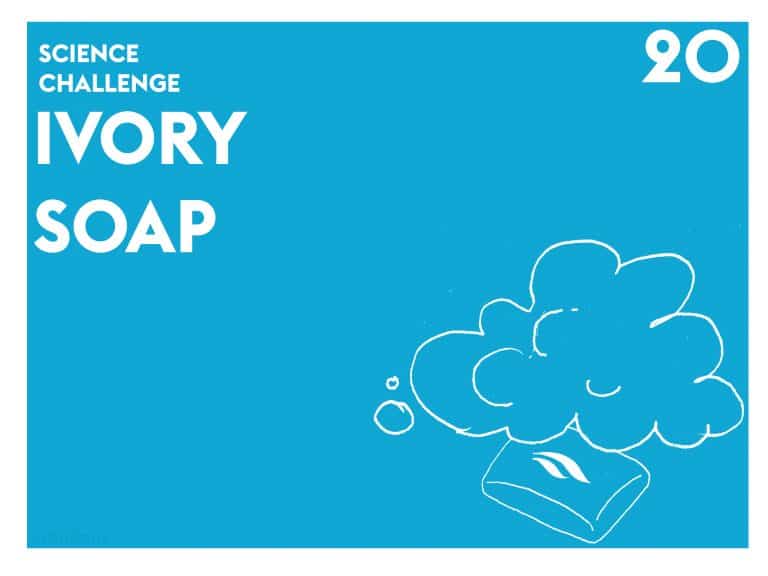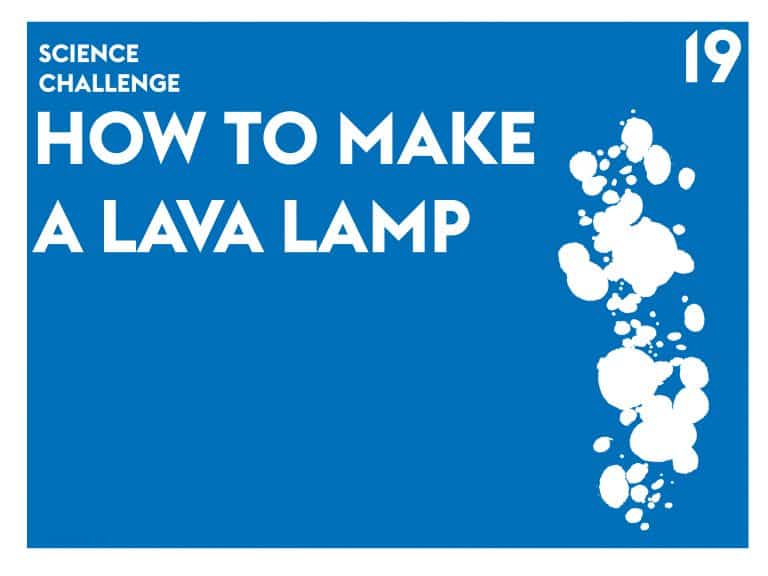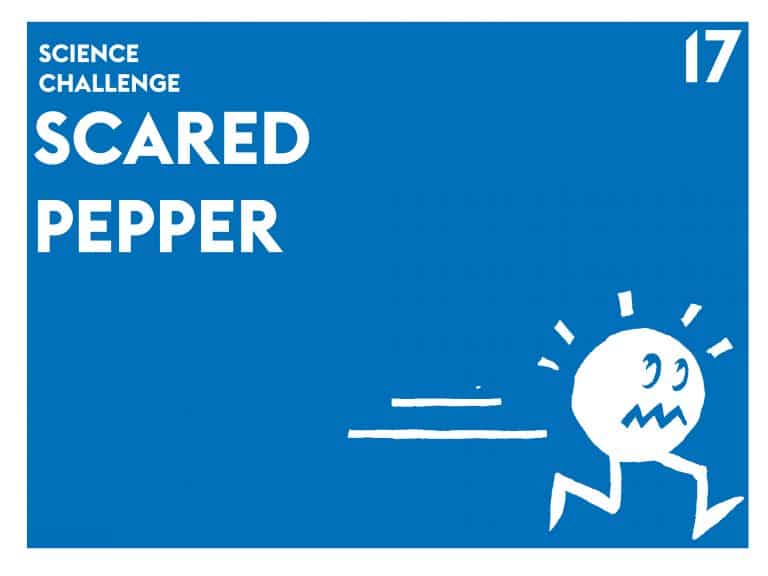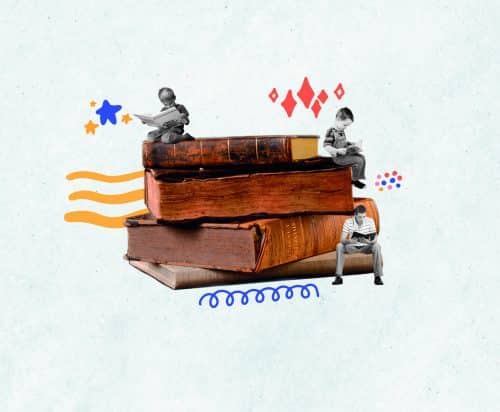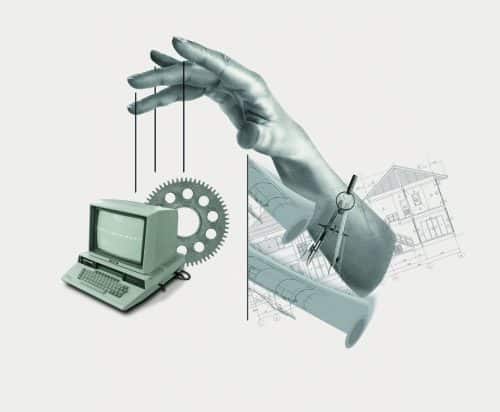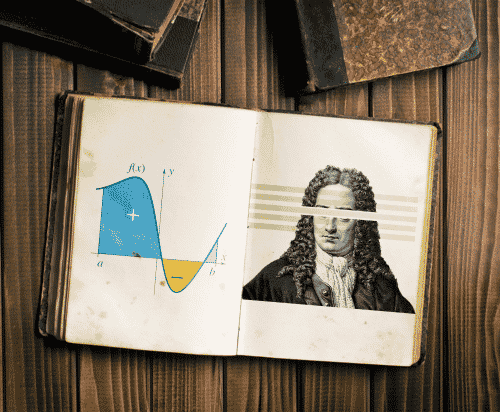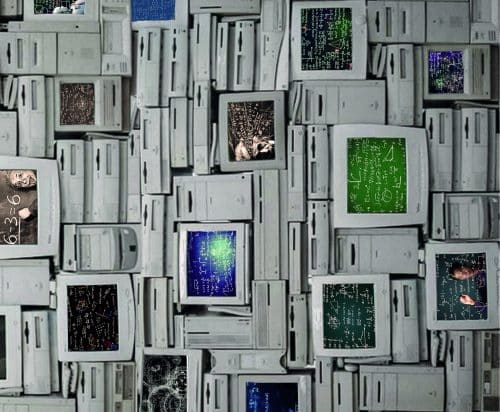If you are a parent or teacher, you need some cool science projects to keep your kids occupied. And one of the best ways to keep kids occupied is the science experiments you can do at home! The good news is not all science experiments require expensive lab equipment or dangerous chemicals, and you can do lots of cool projects with regular household items.
What are some good science projects for kids?
The James Dyson Foundation and Dyson engineers designed twenty-two cool DIY science projects that you can do with everyday household items, including balloons, plastic bottles, dish soap, and eggs. And I have curated this big collection of easy science experiments that anybody can try, and kids will love them!
If you need more projects, you can also check our “22 Unique Homeschool Engineering Projects Ideas.”
- Source: Dyson
- Duration: 1 hour
- Source: Dyson
- Duration: 16 hours
- Source: Dyson
- Duration: 1 hour
- Source: Dyson
- Duration: 3 hours
- Source: Dyson
- Duration: 2 hours
- Source: Dyson
- Duration: 2 hours
- Source: Dyson
- Duration: 2 hours
- Source: Dyson
- Duration: 1 hour
- Source: Dyson
- Duration: 3 hours
- Source: Dyson
- Duration: 2 hours




